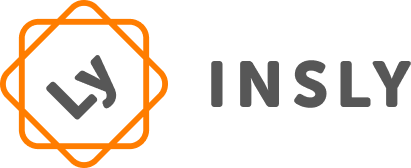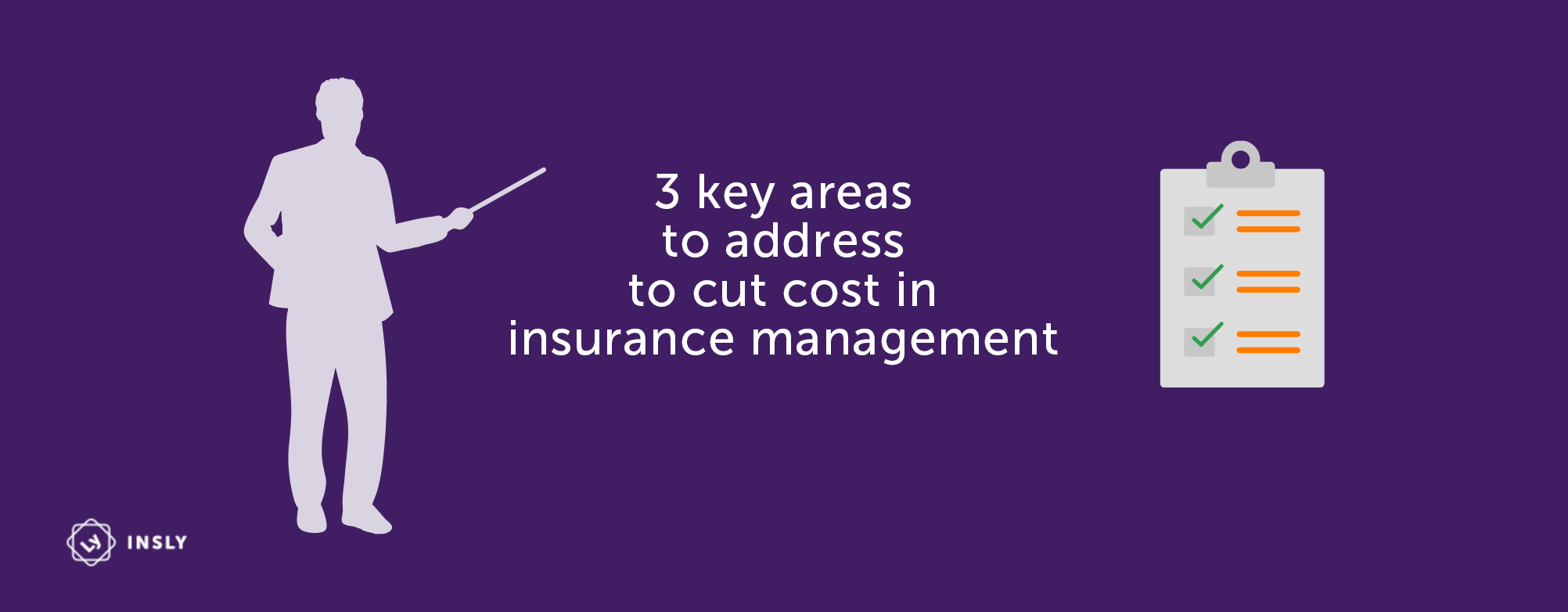Largely, the cost reduction for Insurers and MGAs comes down to three main categories:
- selling more;
- improving risk assessment;
- cutting down operating costs.
The key here is the digitalisation of insurance administration and distribution. With advanced no-code and low-code platforms, Insurers and MGAs can easily automate standardised insurance processes from quote and bind to claims handling, no matter whether they are in the B2C or Broker business.
Since you can find a bunch of efficient no-code and low-code solutions on the market, we suggest to check out our comparison of insurance software providers for MGAs. So, how can insurance software improve your overall performance and ensure cost savings?
Efficient Sales and Policy Administration
Isn’t it a shame when insurance providers start to struggle with incoming sales loads that they’re unable to handle? This main trigger for increasing turnover and profit shouldn’t definitely hold back your business. The bottleneck can be removed by using the right tools for sales and policy administration. Novel insurance software enables to handle these processes by providing tools for flexible customer service, support and life-cycle management.
By offering quote and bind, MTA and endorsements, and renewal functionalities, overall costs on customer acquisition and retention are decreased. The ability to conveniently manage changes, adjust existing policies, select specific covers and update that information in your system with just a click will bring down the need for manual interruption. In addition, cross-selling and upselling opportunities are improved to maximise value, since you have profound customer data to work with.
Improved Risk Assessment
Operating at lower costs means better management of risks and fraud. One of the most substantial ways in which insurers manage risks is through underwriting, adjustment, and pricing processes. Insurance software has a significant role in this process, because it provides accurate tools to ensure that policies are priced and accepted in balance with the risk of insured objects. Precise calculators and rating engines built-in next-generation insurance software will endorse more aware price and risk decisions thanks to more accessible data.
The efficiency and consistency of risk evaluation is increased with improved data oversight and analytics which enables insurance carriers to be wiser about risk and automate decisions. For example, you can let go of the historic ratios of adjusters needed by the number of policies written, because automating underwriting and claims handling decision management with data-driven technologies paves the way to cost efficiency.
Embracing smart solutions for risk assessment also addresses relations between data elements that contribute to risk or fraud but may be too complex to be recognised by your underwriter or adjuster. The overall gain is that people engaged in risk evaluation can focus on those areas where an individual can make a difference in the result.
Decreased Operating Costs
A major benefit from implementing no-code and low-code software will be reduced launch and running costs. Providers of modern insurance solutions offer flexible monthly pricing plans – you get pay-as-you-go models, without having to lay out huge investments to set up the software. In perspective, this avoids sudden short-term cash injections and enables to spread costs.
You also win a lot by releasing valuable human resources. Your sales team will win, since the amount of manual work, adjusting customer data and sending documents back and forth is decreased. They can actually focus on meaningful tasks. The same applies to back office and claims handling – automated reporting and premium accounting functionalities don’t require a human touch anymore. Straight-through processing, convenient FNOL and reserve management features in claims will lead you to the same result. Regarding IT, next-generation insurance software, especially no-code, doesn’t require any specific knowledge to launch or maintain the platform. So, you either don’t need an IT department, or if you have one, they will be happy about not having to spend time on routine software administration tasks.
A positive impact of insurance automation is that you can make your IT systems talk to each other. Modular setup of new-school platforms enables to integrate insurance software into your existing systems, e.g. add a new claims handling or reporting module with ease. This ensures automatic transfer of data, without the need for manual adjustments, which decreases the rate of errors and the workforce required to fix these enormously. Again, a win on time and money for your business.
Another way of cutting down your operational costs is to be able to change and adapt your product offering. With the right insurance software, you can speed up change management and be better prepared to meet versatile market demands. You can quickly build and adjust your products and workflows and will not have to face one-off workarounds to implement changes.
How to start?
First, we suggest defining and analysing the bottlenecks that hinder your current processes, i.e. what obstacles can you identify, and which type of support do you need to remove these. You may come to the conclusion that you can already start with some processes today.
If you need useful advice or practical knowledge of how to kick off your insurance digitalisation, you’re more than welcome to reach out to our team. So, don’t wait any longer and give it a go!



